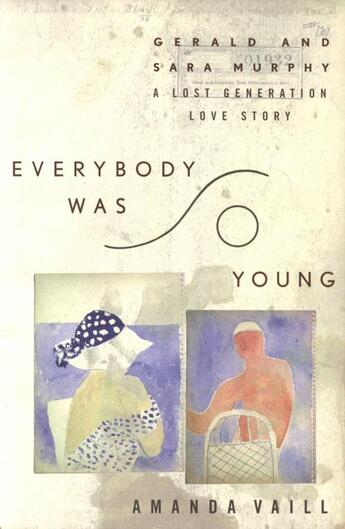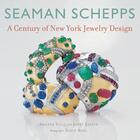Résumé:
"Once upon a time there was a prince and a princess -- that's how the story of the Murphys should begin," said a friend of this golden pair. Handsome, gifted, wealthy Americans with homes in Paris and on the French Riviera, Gerald and Sara Murphy were at the very center of expatriate cultural... Voir plus
"Once upon a time there was a prince and a princess -- that's how the story of the Murphys should begin," said a friend of this golden pair. Handsome, gifted, wealthy Americans with homes in Paris and on the French Riviera, Gerald and Sara Murphy were at the very center of expatriate cultural and social life during the modernist ferment of the 1920s. Gerald Murphy -- witty, urbane, and elusive -- was a giver of magical parties and an acclaimed painter. Sara Murphy, an enigmatic beauty who wore her pearls to the beach, enthralled and inspired Pablo Picasso (he painted her both clothed and nude), Ernest Hemingway, and F. Scott Fitzgerald. The models for Nicole and Dick Diver in Fitzgerald's Tender Is the Night,the Murphys also counted among their friends John Dos Passos, Dorothy Parker, Fernand Leger, Archibald MacLeish, Cole Porter, and a host of others. Far more than mere patrons, they were kindred creative spirits whose sustaining friendship released creative energy. Yet none of the artists who used the Murphys for their models fully captured the real story of their lives: their Edith Wharton childhoods, their unexpected youthful romance, their ten-year secret courtship, their complex and enduring marriage -- and the tragedy that struck them, when the world they had created seemed most perfect, in what Gerald called, "our most vulnerable spot, our children." Certainly Fitzgerald, who once complained that there were no second acts in American lives, could not have envisioned the tenacity with which the Murphys struggled to hold themselves and their charmed circle together through the dark years of the thirties and forties, when death, financial ruin, madness, and war assailed it. Amanda Vaill's account of the Murphys and their friends follows them through the whole arc of their glittering and sometimes tragic lives -- the first such account to do so. Drawing on a hitherto untapped wealth of family diaries, photographs, letters and other papers, as well as on archival research and interviews on two continents, Vaill has documented the pivotal role of the Murphys in the interplay of cultures that gave rise to the Lost Generation. She explores for the first time the sexual undercurrents that ran beneath Gerald's and Sara's relationships with Picasso, Hemingway, and Fitzgerald and affected the work of all three men. Most important, she evokes both Murphys, and the geniuses who had the good fortune to be their friends, with a clarity and tenderness that makes them virtually step off the page. "There was a shine to life wherever they were," said the poet Archibald MacLeish -- and this book, which reads as much like a rich and engaging novel as a work of biography, shows why.















